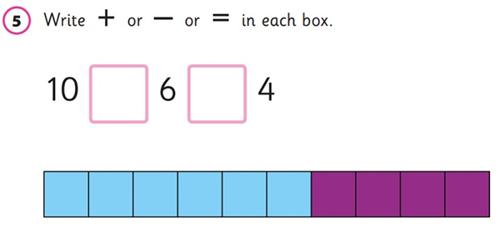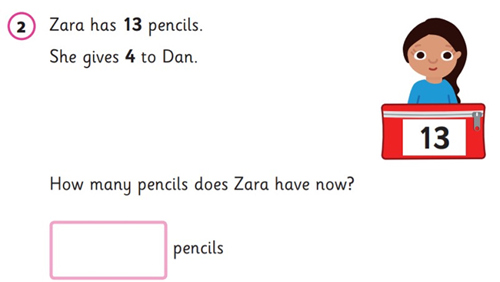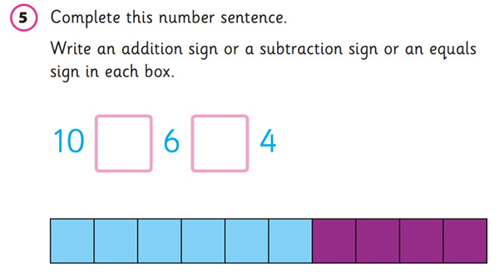Standardised assessment: mathematics in year 1
By Neal Hepworth, Researcher at NFER
January 2020
NFER provides termly KS1 mathematics assessments starting in the spring term of year 1, up to the spring term of year 2. In year 1, there are two tiered papers in both the spring and summer terms, each including reasoning and arithmetic questions.
In year 2, there are two papers in both the autumn and spring terms before children take the end of KS1 assessments in the summer term. Unlike the year 1 assessments, in each term of year 2 one paper focusses on arithmetic, and the other on reasoning.
This article breaks down how NFER has developed standardised mathematics assessments for year 1 pupils, taking their young age into account to produce child-friendly papers that build confidence in undertaking assessment.

Introducing mathematics assessment
NFER’s standardised mathematics assessments for year 1 start in the spring term, as pupils may not have the breadth of curriculum knowledge needed for this type of written assessment in the autumn term.
To ease pupils into taking standardised mathematics assessments, the questions in the NFER year 1 papers are accompanied by appealing and colourful images that give context to the questions. Important words and numbers are also emboldened to draw the pupils’ attention to vital information. A further important feature is that the papers are designed to gradually increase in difficulty – this is explored further in the sections below.
The papers are delivered aurally, with the teacher reading aloud from a full script for every question. There is also more flexibility with how the tests are administered than in the NFER assessments for older year groups, recognising that pupils of this age have differing needs. For example, the teacher is instructed to read the question at least twice to ensure that all pupils have an adequate opportunity to understand and engage with the content. There are also no set timings for the assessment, allowing the teacher to adapt to the particular needs of their class.
Visual support
Both the spring and summer mathematics assessments consist of two colourful and engaging papers, each with an arithmetic section and a reasoning section, structured to familiarise pupils with different question and answer formats.
In paper 1, every question is presented with a supporting image to help pupils with their calculations, such as a number line or a picture containing the appropriate number of objects. This is demonstrated in Figure A, where the coloured bar gives visual support.

Figure A: Example of a question from a paper 1 pupil booklet, containing only essential information required to answer the question.
In paper 2, questions may have an image to help pupils to understand the context of the question, but without depicting the accurate number of objects, and hence not providing a calculation aid (see Figure B below). Pupils are also required to choose their own calculation strategy.

Figure B: Example of a question from a paper 2 pupil booklet, containing more than just the essential information given in paper 1.
Assessing mathematics, not literacy
To reduce the demand on pupils’ reading ability and focus the assessment on mathematics, the pupil booklet only displays text that contains essential information for pupils to answer the question (see Figure A).
The teacher guide contains the full question script to be read aloud to the pupils, which is shown in Figure C. Text which should not be read aloud is coloured blue. This is to ensure that pupils demonstrate their numerical understanding to answer the question. By scaffolding the assessment in this way, children can access the assessment regardless of their reading ability.

Figure C: Example of the script from the teacher guide, containing the full text of the question and indication of what not to read aloud.
Beyond year 1
NFER’s year 1 mathematics assessments are designed to ease younger pupils into taking standardised assessments before progressing onto our more challenging year 2 mathematics assessments, and ahead of taking the key stage 1 national curriculum tests. The tiered assessment papers limit the demand on pupils’ reading ability, ensuring questions are accessible to as many children as possible, but require increased independence as scaffolding from the teacher is gradually reduced.
Did you know?
The NFER Tests range includes mathematics assessments for use across years 1-6. These standardised tests provide reliable standardised and age-standardised scores to help you confidently monitor attainment and progress, and are supported by a free online analysis tool. Click here to find out more.
